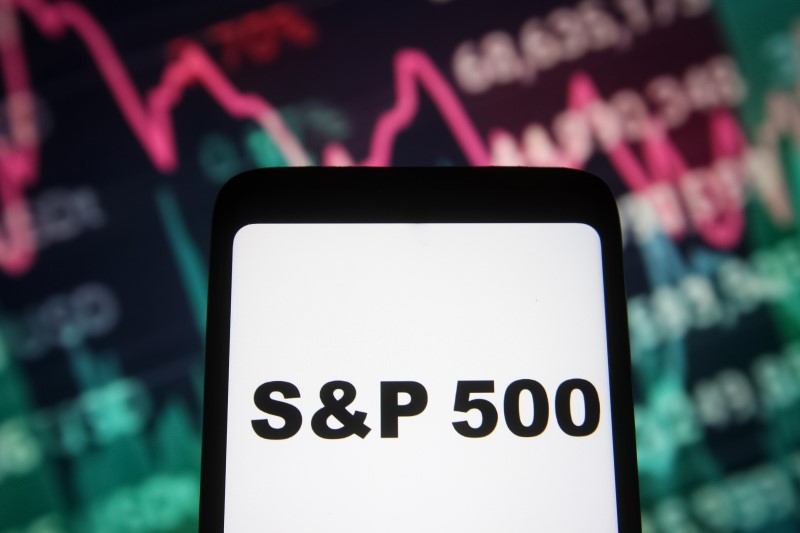[ad_1]
© Reuters. FILE PHOTO: Pound and U.S. dollar banknotes are seen in this illustration taken January 6, 2020. REUTERS/Dado Ruvic/Illustration
2/2
By Xie Yu
HONG KONG (Reuters) – Asian markets attempted to stabilise on Tuesday after a wild few days of stumbling stocks, crumbling bonds, a plunging pound and soaring dollar, with the dollar easing a bit and stocks flat.
Sterling, which collapsed to a record low $1.0327 on Monday, recovered to $1.0742. rose 0.7%, and MSCI’s broadest index of Asia-Pacific shares outside Japan fell 0.1%. rose 0.7%. ()
Analysts were doubtful about the outlook, however, as markets – already jittery at the prospect of U.S. interest rates staying higher for longer – have been further unnerved by an upheaval in British assets in response to government spending plans.
Britain plans tax cuts on top of huge energy subsidies, and a lack of confidence in the strategy and its funding hammered gilts and the pound on Friday and again on Monday.
The yield on five-year gilts is up a stunning 100 basis points in two trading days.
“(It) is definitely something that’s unfolding…probably we’re only at a certain initial stage of seeing how the market digests that kind of information,” said Yuting Shao, macro strategist at State Street (NYSE:) Global Markets.
“Of course the tax cut plan itself was really aimed to stimulate growth, reduce household burdens, but it does raise the question of what the implications are in terms of the monetary policies.”
After the pound’s plunge, the Bank of England said it would not hesitate to change interest rates and was monitoring markets “very closely”.
Spillover to U.S. markets drove Wall Street deeper into a bear market, lifted benchmark 10-year Treasury yields more than 20 bps to a 12-year high of 3.933%, and has kept the greenback bid. [US/]
After two weeks of mostly steady losses on the U.S. stock market, the confirmed on Monday that it was in a bear market, tracing its start to declines in early January. [.N]
The confirmed in June it was in a bear market, and on Monday it ended the session below its mid-June closing low, extending this year’s overall selloff.
State Street’s Shao said uncertainty is rippling through the market and weighing on investor sentiment.
“We are already entering a bit of a slowing down when it comes to global recovery. And the continual tightening of central banks will of course bring more pain in terms of their domestic economic recovery,” she said.
The on Tuesday eased 0.1% to 113.8, after earlier touching 114.58, its strongest against a basket of peer currencies since May 2002.
The European single currency was up 0.3% on the day at $0.9634 after hitting a 20-year low a day ago.
Oil and gold nursed losses. Gold, which hit a 2-1/2 year low on Monday rose 0.5% to $1,629 an ounce. Oil lifted slightly from its lowest levels since January. [O/R]
ticked up 0.66% to $77.22 a barrel. rose to $84.71 per barrel.
[ad_2]
Image and article originally from www.investing.com. Read the original article here.

